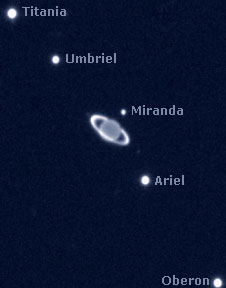Click on image for full size
Image courtesy European Southern Observatory.
New Moons of Uranus and Neptune
News story originally written on October 31, 2003
Astronomers have found new moons around the planets Uranus and Neptune.
Uranus now has 27 moons that we know about. Neptune
has 13 that have been found so far.
Some of the new moons were found in
pictures taken by the Hubble Space Telescope.
Others were found using telescopes on Earth in Hawaii, Chile, and other places.
Astronomers from around the world worked together to find the new moons.
The scientists found four new moons around Uranus. Uranus has five big moons
named Ariel, Miranda, Oberon, Titania and Umbriel.
All of the new moons are very small.
The astronomers also found two new moons around Neptune. Those moons have
very large orbits. They are farther from Neptune than any other known moon
is from the planet it goes around. The new moons of Neptune take about
25 years to go around once!
You might also be interested in:
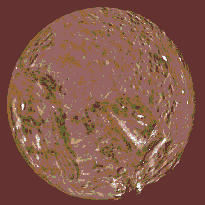
Miranda was discovered by G. Kuiper in 1948. Miranda one of the smallest icy moons, and is as wide as the distance from Los Angeles to San Francisco. The surface features of this moon are hard to see in
...more
Oberon was discovered by W. Herschel in 1787. Oberon is about as wide as the state of California is long. Oberon is probably one of the icy moons.
...more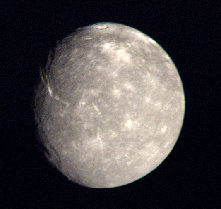
Titania was discovered by W. Herschel in 1787. Titania is about as wide as the state of California is long. The surface features of this moon are hard to see in this image. The surface suggests that Titania
...more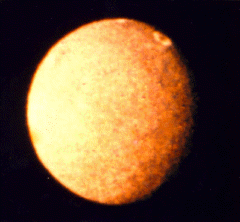
Umbriel was discovered by W. Lassell in 1851. Umbriel is about as wide as the Oregon coast line. The surface features of this moon are very hard to see in this image, but suggest that Umbriel may be one
...more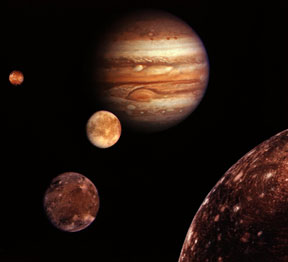
Astronomers have discovered twelve new moons of Jupiter so far this year. Jupiter is the largest planet in our Solar System. It has more moons than any other planet. Jupiter has 52 moons that we know about.
...more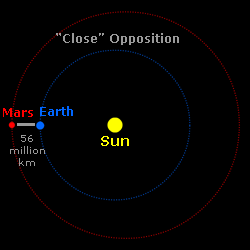
On August 27, 2003, Earth and Mars will be very close together. Well, close for planets anyways. The two planets will still be almost 56 million kilometers (about 35 million miles) apart. They will be
...more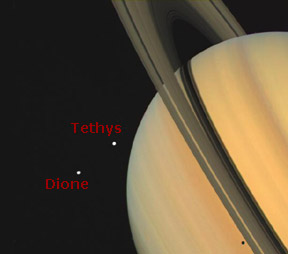
Astronomers have discovered nine new moons. The astronomers found eight new moons of Jupiter and one new moon of Saturn. Jupiter has 60 moons that we know about. Saturn has 31. All of the new moons are
...more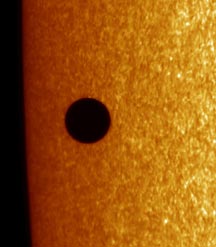
The planet Mercury crossed in front of the Sun on May 7, 2003. When that happens, astronomers call it a transit. A transit is like a solar eclipse. An eclipse happens when the Moon passes in front of the
...more


